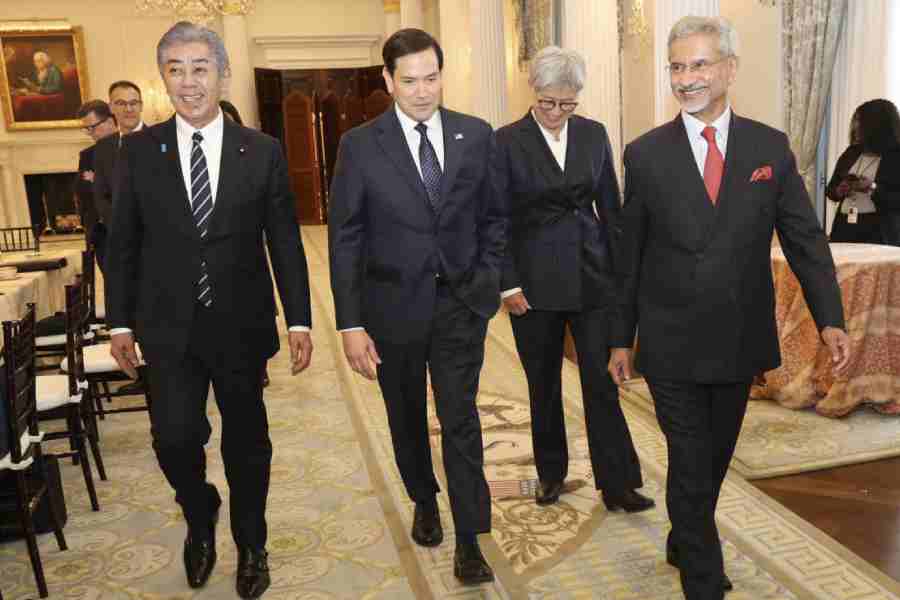A sedentary lifestyle is a feature of modern living. So it is not surprising that a national survey — the first of its kind — has found that over 20 crore Indians are physically inactive. The study conducted jointly by Dalberg Advisors and Sports and Society Accelerator, a think tank and a non-profit organisation, respectively, revealed other problematic trends as well: 48% of older adults believe that they are too old to engage in physical activity like playing while 45% are of the opinion that the pursuit of sports is not safe for girls. Several misconceptions discourage women from participating in physical activities. Physical exertion is considered detrimental to menstruating women; bodily injuries suffered in the course of exercising may dent their marriage prospects, or so goes the regressive line of thinking. Such misconceptions are responsible for the wide gender gap in physical engagements: the study found abstention from physical activity is most acute among urban citizens, especially women. This is unsurprising given that 75% of Indian women’s active time is spent in doing a myriad household chores, leaving them with little time for exercise. The lack of open spaces, such as parks and fields, in urban settings is another factor that can be attributed to the sedentary lives of men and women. Little wonder then that the level of physical inactivity in cities, the study found, was twice that of the rural areas. Global data are consistent with these revelations. A recent Lancet study stated that about one-third of the human population did not meet the World Health Organization’s recommended levels of activity: India ranked 12th among 195 countries with the highest prevalence of physical inactivity. Socio-cultural factors can also serve as impediments to a healthy lifestyle. One in five Indian parents, for instance, believes that children will not achieve good grades if they indulge in sports.
The deleterious consequences of immobility are well known. A physically inactive population is more vulnerable to serious physiological as well as mental health afflictions. Fitness also has an economic incentive. A physically active population can boost India’s GDP by over Rs 15 trillion annually by 2047. The government must come up with policy interventions to encourage citizens to become active. The provision of open spaces and public — subsidised — gymnasiums for adults and a sport-friendly curriculum for children can be looked into. An annual yoga day is hardly enough to whip Indian couch potatoes into shape.











